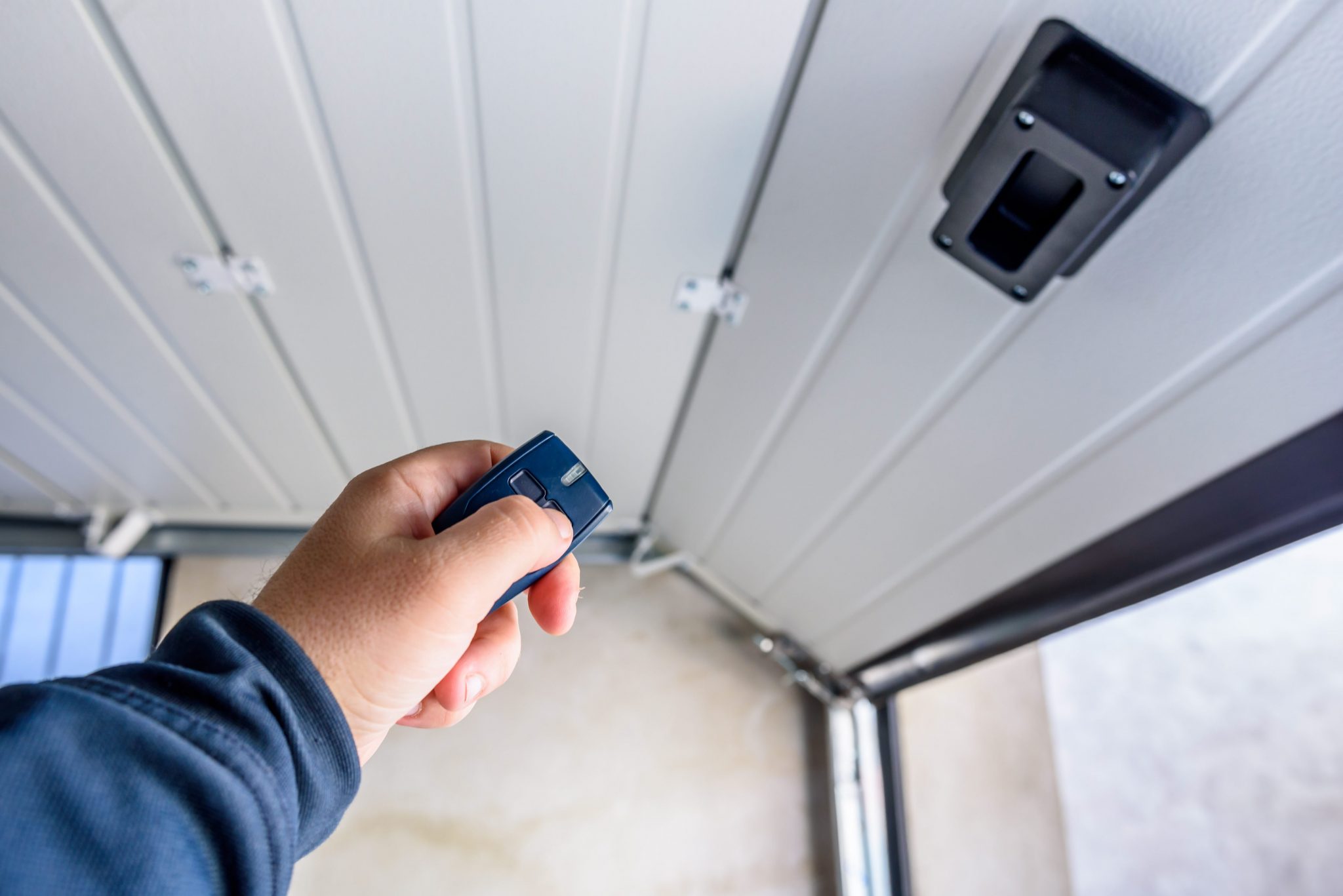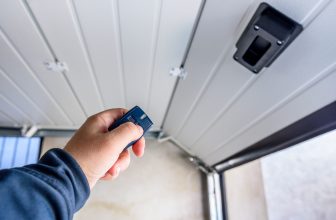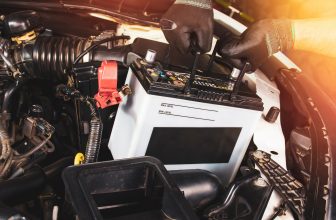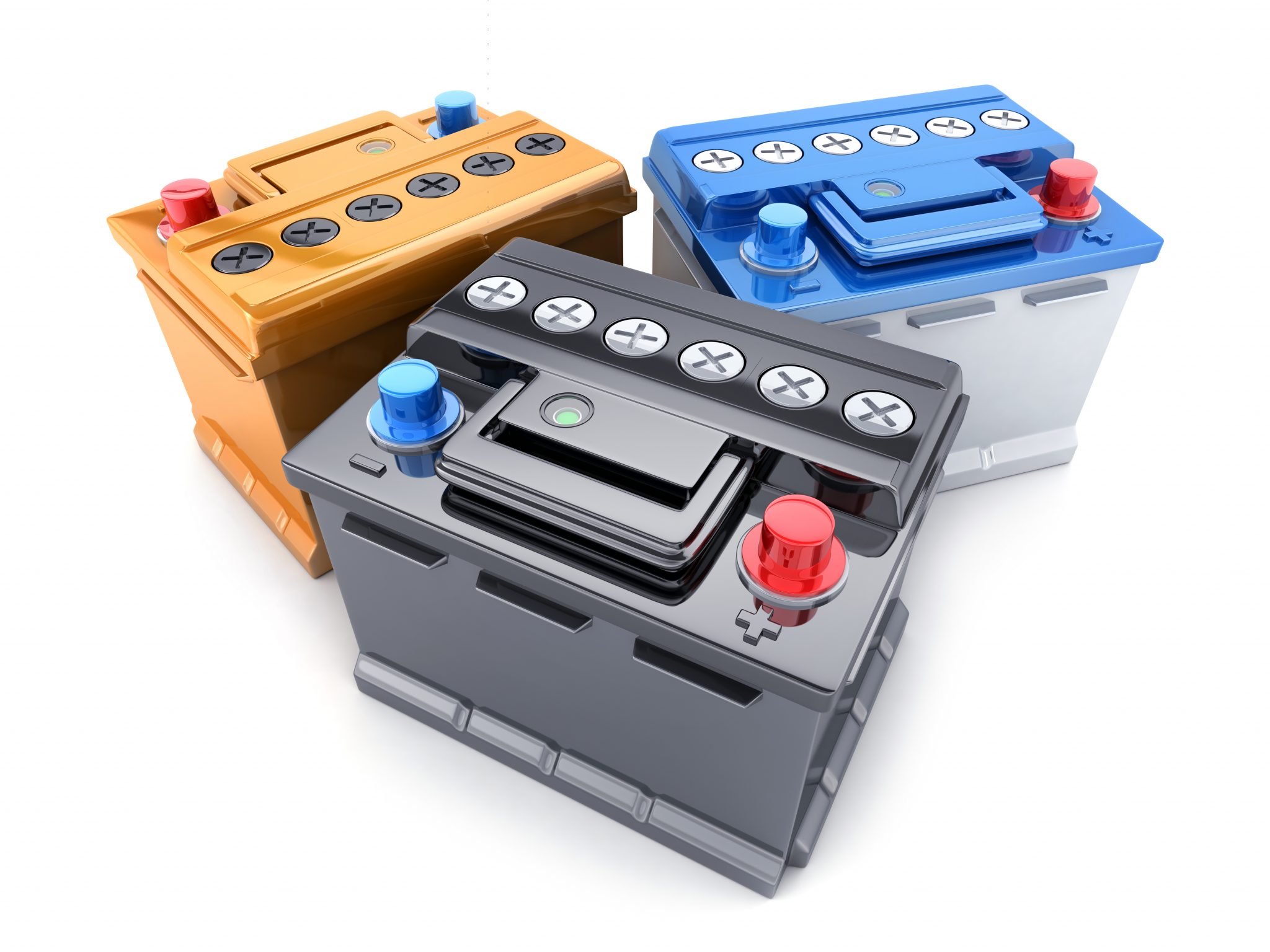
If you’ve ever worked with batteries for any purpose, you’ve likely seen the terms parallel, series and series-parallel, just like “connect batteries in parallel” and you were wondering what those mean. These are simply acts of connecting two batteries to each another. Often, however, these terms refer to connecting at least 3 batteries in parallel. When you connect batteries in a series and in parallel you can increase the amp-hour capacity or voltage, sometimes even both. This will allow you to use higher voltage amounts in applications that demand a lot of power.
Connect Batteries in Parallel
When you connect batteries in parallel, like connecting 3 batteries in parallel, you are connecting batteries to ramp up the amp-hour capacity. The connection capacity will increase, but the voltage will not. For instance, connecting four 12-volt 100Ah batteries will provide a 12V 400Ah battery supply. This is done by placing the negative terminal of one battery to the negative terminal of another, continuing until you arrive at the amp-hour capacity you desire. This type of configuration will boost the duration of the battery life; although, because of the increase of amp-hour capacity, they can take a bit longer to charge than a series connection battery system.
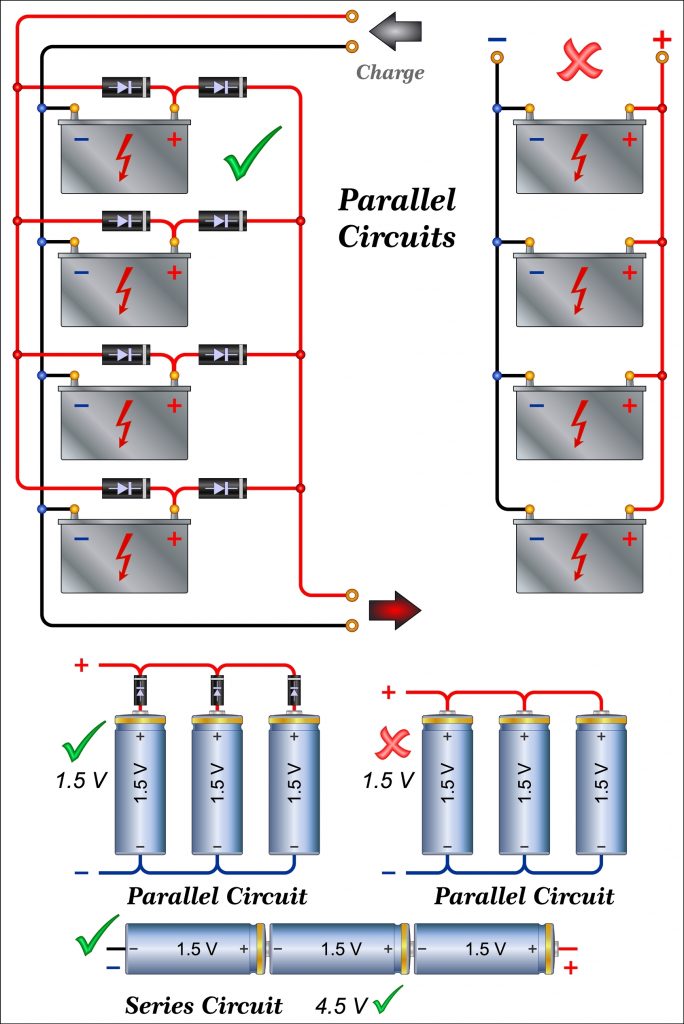
Connect Batteries in Series
This is when you connect two or more batteries to elevate the overall voltage of the battery system. So, unlike connecting batteries in parallel, this increases the voltage but not the amp-hour capacity. For instance, connecting four 12-volt 26Ah batteries will deliver a battery capacity of 26Ah and 48 volts. To create a series, each of the batteries has to have the same capacity rating and voltage, otherwise, you risk damaging the batteries.
To accomplish this, you place the negative terminal of a battery to the positive terminal of a different battery until they are connected. Then, you place a cable or link from the positive terminal of the last battery to the negative terminal of the first battery. When it comes to charging, you’ll need to use a charger that is compatible with the voltage of the battery system. To avoid battery imbalance, it is recommended you charge each battery on its own.
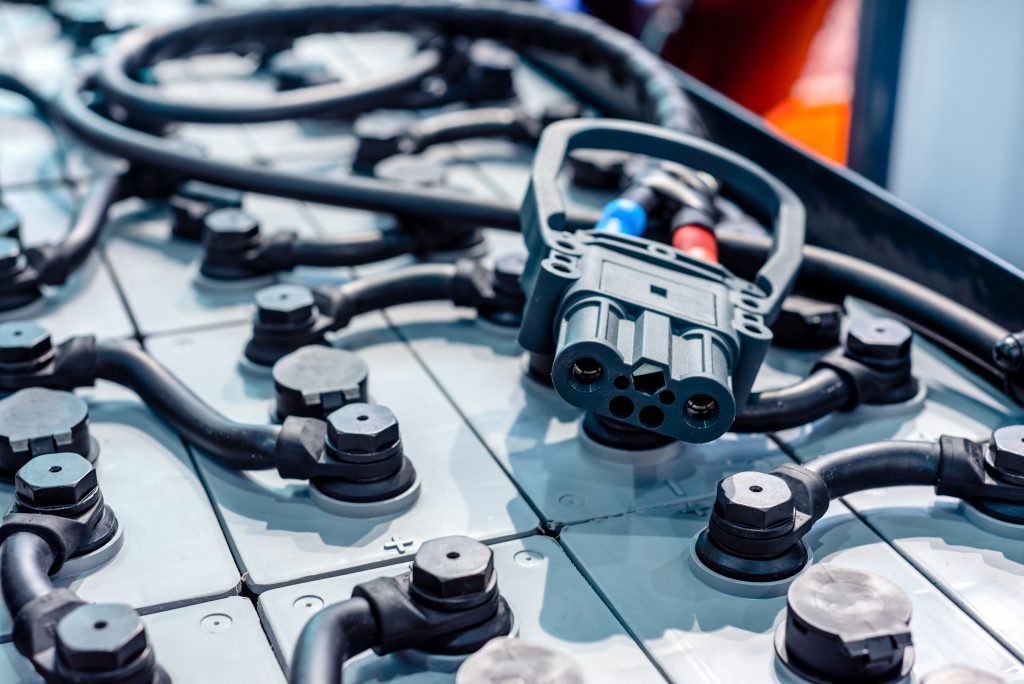
Connect Batteries in Series-Parallel
Series-parallel-connected batteries involve connecting more than one battery to increase both the amp-hour capacity of the battery as well as the voltage. Connecting six 6V 100Ah batteries will yield a 24V 200Ah battery system using two strings of four batteries. To accomplish this, you’ll have two or more systems of batteries that are configured in both a parallel and series manner to increase the overall capacity of the system.
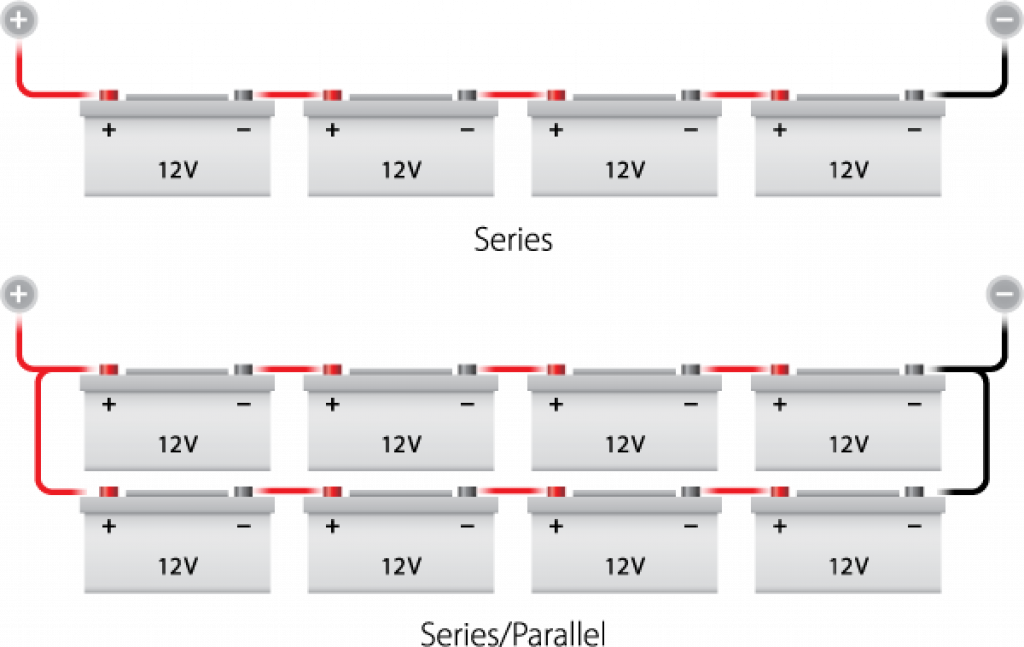
In some applications, you will find that the amount of battery power your individual batteries have is enough to power larger, more demanding items. When this happens, you can connect batteries in a parallel, series or series-parallel fashion to increase the amp-hour capacity, voltage or both. In this article, we’ve discussed how to connect batteries in series and parallel as well as in series-parallel for your reference.
Conclusion
We hope you learned a lot now about how to connect batteries in parallel, series and series-parallel. Theoretically, you can connect as many batteries as you want, you have to be very focused on what you do, as the things can get a bit confusing with a mess of batteries and cables. If you are working with electricity, confusing very often can be dangerous. That’s why it’s very important to be aware of requirements for you application and stick with them. Be safe and keep track of your all connections. It would be even great to make a diagram of your battery banks before you start doing anything. Good luck!
RELATED ARTICLES


